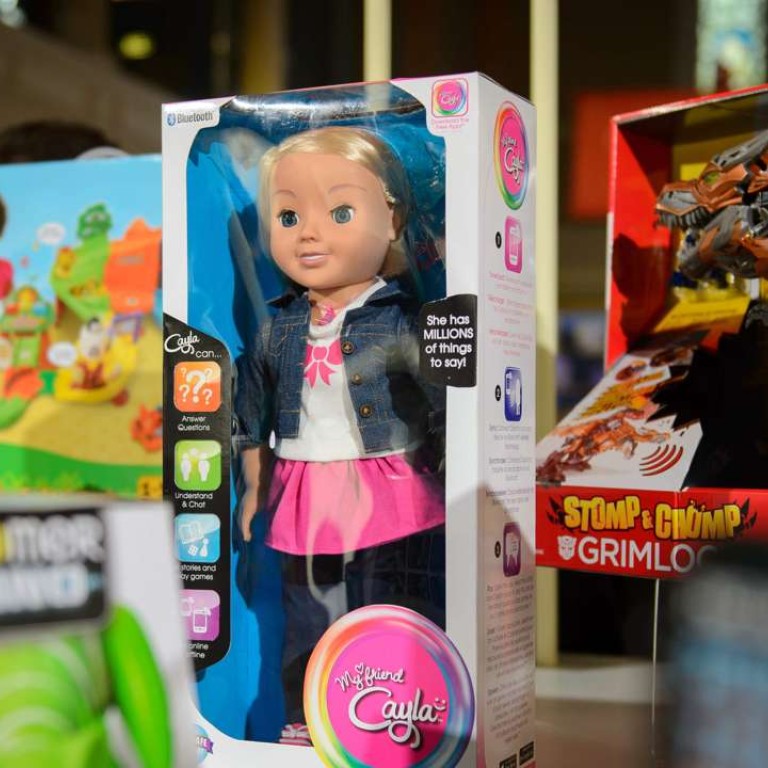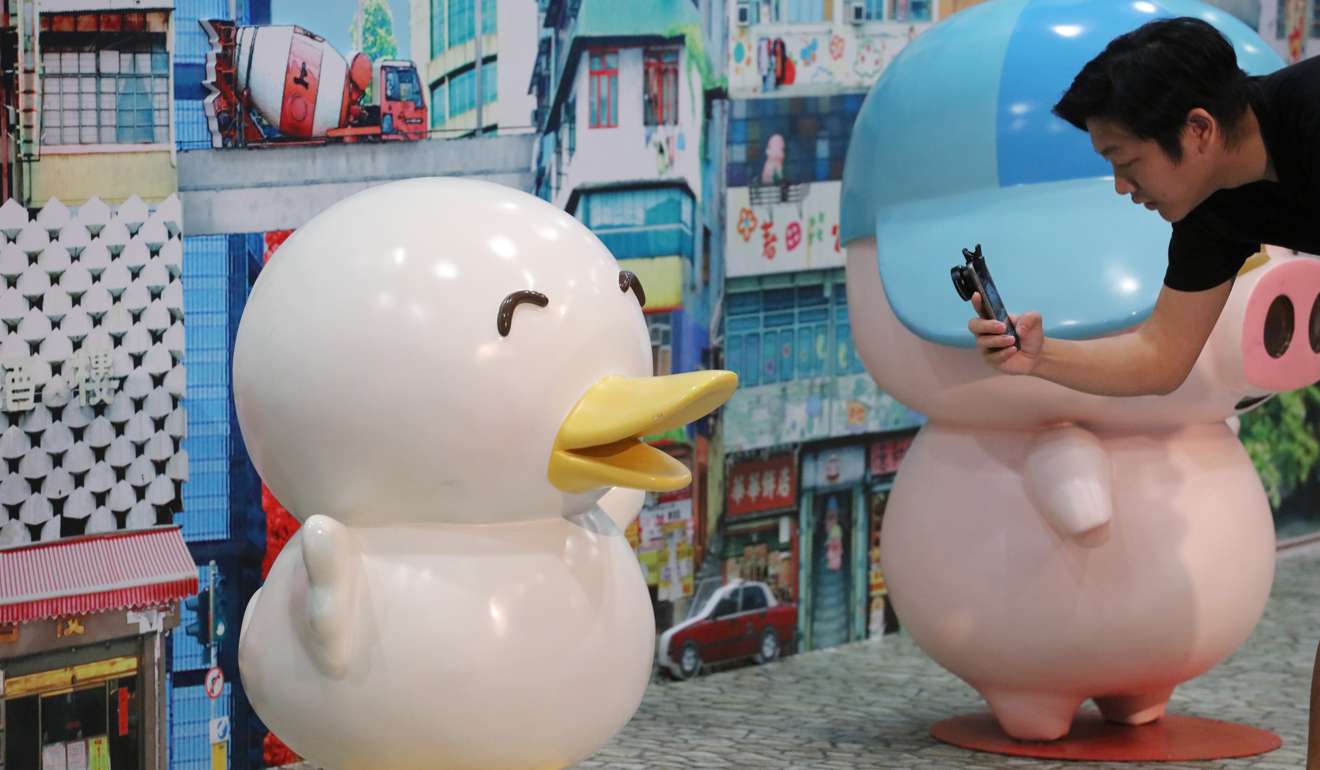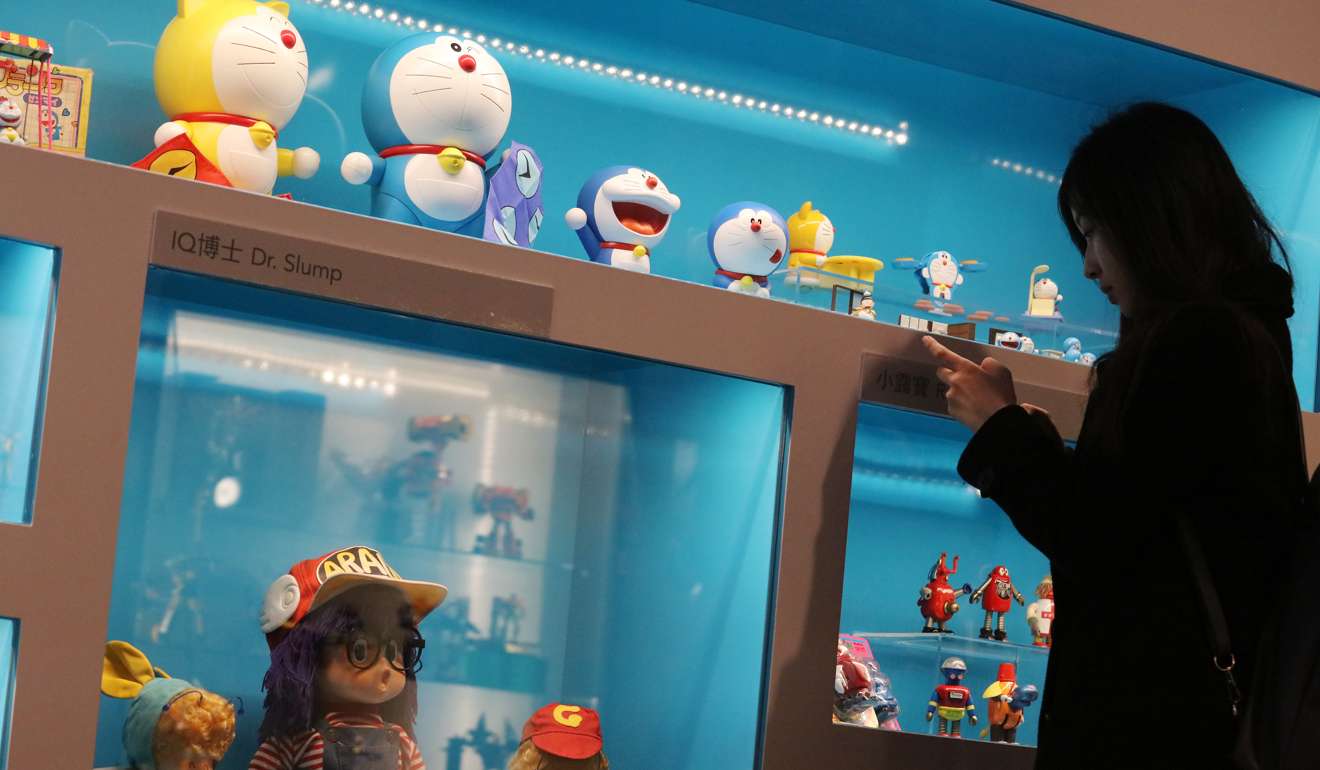
From action figures to the Tamagotchis: why Hong Kong’s obsession with toy collecting is more than just child’s play
Modern-day collectables are a far cry from what they used to be, according to university cultural studies expert
Hong Kong’s toy collecting obsession is more than just a financial investment. It satisfies the collector’s own childhood desires, one cultural studies expert says.
The city’s long-held affinity for collectibles – from dolls and toy guns to virtual Pokemon – allows fanatics to relive their younger days, according to professor Anthony Fung Ying-him, director of Chinese University of Hong Kong’s school of journalism and communication.
“Collectors are the industry’s major source of
income, because they are willing to spend more money on figures and models,” he said.
“They did not have the chance to collect toys in their childhood. So they do it when they grow up and have the money – like satisfying a desire that has developed since they were little.”

But modern-day toy collecting is a far cry from what it used to be, the professor added.
Nowadays, people can revisit their youth simply by collecting cyber toys, such as Pokemon on smartphones or tablets, rather than displaying a plastic action figure or doll on a shelf.
Hong Kong’s toy industry began to flourish after the second world war, but only reached its peak during the 1970s, according to the Federation of Hong Kong Industries.
It was a time when the iconic yellow rubber duck, the high-heeled fashion doll and toy guns were a favourite among children. But manufacturing in Hong Kong remained largely an offshoot of the plastics industry.
Fung said between the 1960s and 1970s, when Hong Kong was a less-developed economy, children were less demanding when it came to entertainment.
“Our society was less materialistic and people would settle for what the government provided.
“A simple playground in a public housing estate was their entertainment ... People didn’t have spare cash to buy toys.”

Overseas toy makers, such as Lego from Denmark and Bandai from Japan, only turned their attention to Hong Kong once the city’s economy started to take off in the 1980s, Fung said. And the toy-making giants quickly seized a considerable slice of the local market.
By the time the 1990s came around, the toy market was experiencing a major shift towards electronic games, such as the virtual pets Tamagotchi, made by Bandai.
The Tamagotchi craze swept schools across Hong Kong and the globe. Students would bring the “cute little egg” to class because they had to feed, clean and play with the virtual creatures to keep them alive.
A South China Morning Post report from 1997 said a youth group had even set up counselling services for children traumatised by the death of their “pets”.

